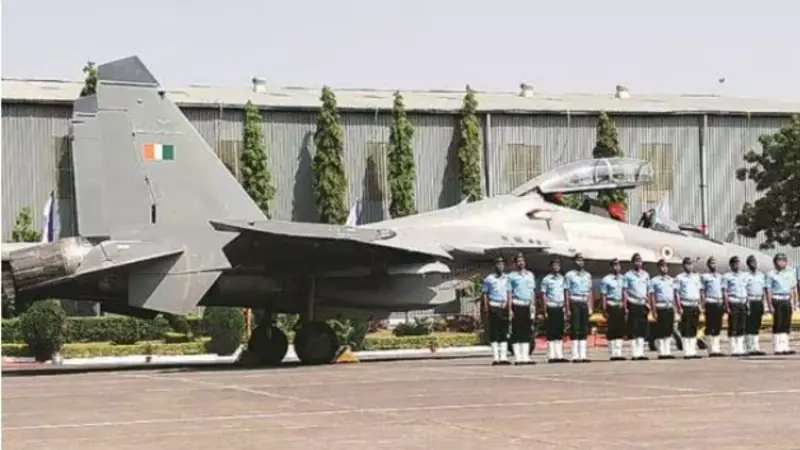
The Indian Air Force is confronting a significant challenge as its combat squadron strength continues to decline below optimal levels, prompting urgent government action to bolster aerial defense capabilities. With current squadron numbers falling short of required strength, defense authorities are accelerating an ambitious modernization plan focused on upgrading the backbone of India's air power - the Sukhoi SU-30MKI fleet.
The Squadron Shortfall: A Critical Gap in Air Defense
Recent assessments reveal that the IAF's combat squadron count has dwindled to approximately 31 squadrons, substantially below the authorized strength of 42 squadrons considered essential for maintaining air superiority across India's extensive borders. This deficit comes at a time when regional security dynamics demand heightened readiness and advanced capabilities.
SU-30MKI Transformation: A Game-Changer for Air Power
The centerpiece of the government's response involves a comprehensive upgrade program for the SU-30MKI aircraft, which forms the core of India's fighter fleet. The enhancement package includes:
- Advanced radar systems with superior detection capabilities
- State-of-the-art electronic warfare suites
- Modernized avionics and cockpit displays
- Integration of next-generation weapons systems
- Enhanced communication and data-link systems
Strategic Importance of the Upgrade Initiative
This modernization effort represents more than just routine maintenance - it's a strategic imperative. The upgraded SU-30MKIs will feature compatibility with indigenous weapons systems, including the Astra beyond-visual-range air-to-air missile and potentially future variants of the BrahMos supersonic cruise missile. This integration significantly enhances the aircraft's combat effectiveness while promoting the "Make in India" initiative in defense manufacturing.
Timeline and Implementation Strategy
Defense officials are working on an accelerated timeline to minimize the capability gap. The upgrade program will be implemented in phases, with Hindustan Aeronautics Limited (HAL) playing a crucial role in the modification process. This approach ensures operational continuity while systematically enhancing the fleet's capabilities.
The SU-30MKI upgrade represents a critical stopgap measure while India continues development and acquisition of newer fighter platforms. This strategic balancing act between immediate needs and long-term planning underscores the complex challenges facing India's air defense modernization efforts in an increasingly volatile regional security environment.





